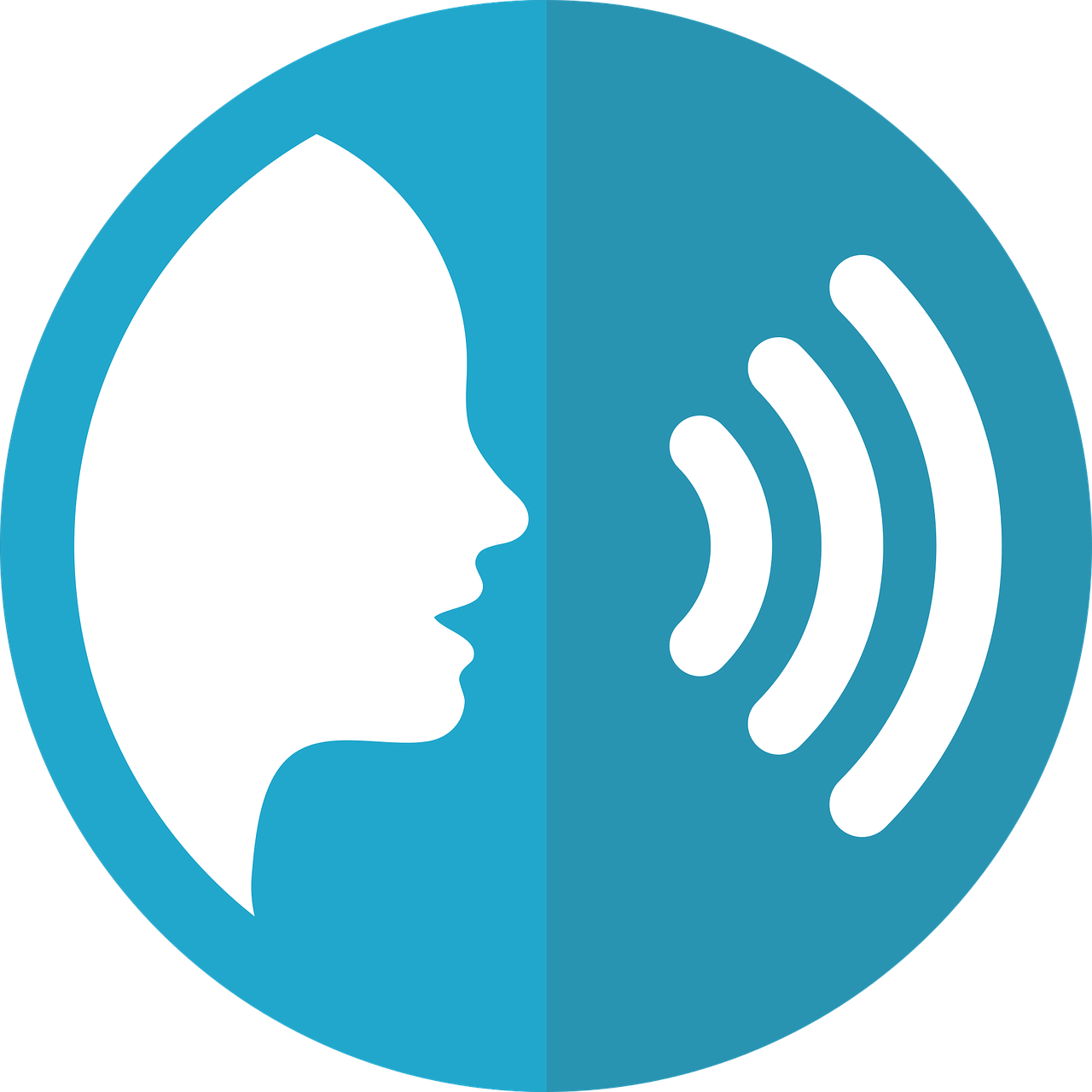Voice technology in business refers to a handsfree way of executing tasks. It is built upon the interaction of user experience, artificial intelligence, and the internet of things. Some of the most used voice recognition technologies are Google Assistant on Android devices, Siri on Apple devices, and Amazon Alexa. We are connected now more than ever using our voice and voice-controlled technology.
Businesses can now rely on such software for taking care of the tedious tasks done manually until now, like scheduling appointments or printing out documents. These devices are freeing our time while letting us focus on more essential parts of the job.
The new trend
Nowadays, it is not surprising to hear someone talking to a person that is not there. We wake up and ask Siri for our morning briefing or Alexa for today’s weather or simply to send a text. All of this while we are busy doing something else and are unable to do so alone. It is a real helper and timesaver. Gartner estimates that by the end of the year, the usage of voice-controlled technologies will increase by 30%. Doing small tasks by hand is becoming outdated, without us – ironically- speaking about it.

Having understood the trend, we can identify the reasons behind it. When the average speed of writing words while doing a google search, for example, is 40 words per minute, the capacity while talking is 100-150 words per minute. This indicates that not only the voice technology offers faster results, but it also requires minimal effort. And although we already see the impact in our homes, what could voice interference technology do for our business?
Voice-controlled technology in our office
When we think of this type of technology, only simple tasks like calling a friend or playing a song come to mind. But voice interference can be so much more.
Just think about your next business meeting. Imagine the possibility to gather recent surveys without even opening a laptop, or by using only your voice to collect instant data and provide research analysis. Possibly in the next five years, the business will be driven by these machines, and speaking to Alexa for business will be something as natural as doing it yourself.
Voice technology can automate a variety of tasks in our professional life. Some include sending out emails, booking flights, creating, transcribing, or processing documents. Other examples in the office life that can be happily taken out of our manual tasks are setting alarms, ordering items, and finding the most relevant and accurate answers to any query. The technology can be beneficial for the rapid business atmosphere and people that are always on the go.
Large corporations are beginning to see the potential and are making moves to start implementing the new technology.
Recently Microsoft and Amazon Echo released a preview of Cortana and Alexa integration, aiming to further increase the user experience.
For companies that don’t want to hand their information over to Google and Microsoft, Roxy Voice Assistant with customization options allows them to maintain control over their customer interaction. Other companies prefer creating their own voice-driven software and hardware to meet the demands of the field.
The digitalized future
Businesses will need to be highly adaptive to the upcoming digitalization force. Budgets may need to shift to make room for voice technology to become a part of the daily business. Digital transformation requires a strategy that outlines all of this and more, including the purchase of technology and improvements.
This new wave of technological advancements will open the Pandora’s box of opportunities. Many organizations are already gaining a competitive edge in the market by adding new tech and voice interface technologies. Those organizations which integrate this technology successfully into their strategies will become the potential market leaders, and it won’t be long before typing becomes extinct.